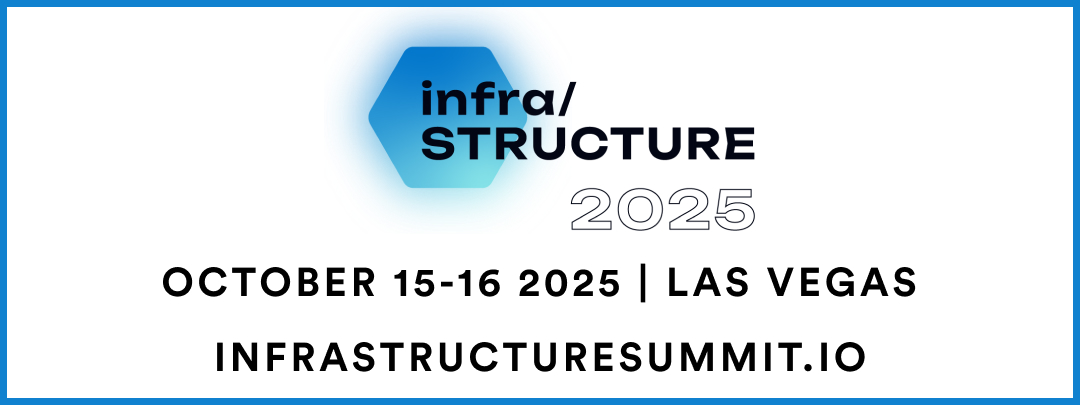AtlasEdge discusses Colt DCS acquisitions and its wider edge strategy in Europe
Summary: We caught up with management at European edge data centre operator AtlasEdge to get insight into its strategy, infrastructure and the rationale behind its recent acquisition of data centres from Colt DCS.
Strategy: AtlasEdge was born out of a perceived need to bring compute architecture closer to where the workload comes together, to do so in a way that makes sense for the customer and to monetise it effectively. The combination of Digital Bridge and Liberty Global brought together data centre and carrier expertise as well as LG’s extensive physical footprint. Key members of the leadership team and senior management come from Interxion, and in a sense AtlasEdge is replicating the Interxion-type model as compute moves further to the edge. In the early days of the data centre industry, Equinix (via IXEurope and Telecity) and Interxion began developing what became carrier hotels to facilitate connectivity to multiple networks, thereby creating valuable ecosystems of connectivity providers and customers using that connectivity within their data centres. Recognising this was very difficult for others to replicate, they set about extending those ecosystems or ‘communities of interest’ to enable anyone in the data centre to connect to anyone else, down to specific industry ecosystems for industries such as financial services. That process continues. AtlasEdge wants to do the same for the edge: bring together all the different players that will enable a particular use case (networks, CSPs, SIs, enterprises etc) that will need to be in the same location and interconnect with each other. Equinix and Interxion can be thought of as international aggregation hubs, while AtlasEdge aims to meet the need for regional and even local aggregation hubs.
Demand: AtlasEdge was created in anticipation of a future wave of demand but management is seeing demand earlier than expected, driven to an extent by Covid-19. Interest is coming from the enterprise segment – especially manufacturing, logistics and retail – where a lot of compute is still done on-premise. The IT stack that was developed to do one particular task now needs to handle multiple different workloads, and it was built on the assumptions that networks are unreliable and expensive. These types of customer are looking to move compute away from the premise to a location that is in proximity and where they can build an edge compute stack able to serve multiple sites. These are customers that will need multiple proximate locations in one or more countries.
or



